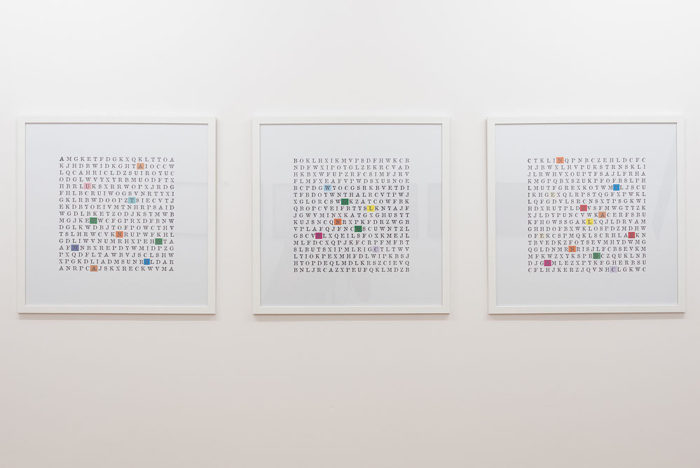Tomasz Wilmański
A
digital print, 2020
B
digital print, 2020
C
digital print, 2020

My previous creative explorations were articulated in various media, such as sculpture, installation, drawing, photography, art book, visual poetry, or performance-type practices. A leading aspect which has been recurring in my art is space and its references to personal presence of the human in contemporary reality. Often, those were 'sculptural' forms constructed from wood, carton or metal, apparently abstract /geometric/, as well as large-format drawings made on carton or roofing felt, alluding to the world of architecture, urban structures and urban-planning landscapes. They are, in a sense, a quintessence of an atmosphere which may emerge e.g. in a city dusk. The city as a cultural, civilizational or even futurist 'creation', existing on the 'margins' of the world of nature and, simultaneously, being its intellectual reimagining. In my artistic expressions, spatial forms are very often situated in the context of a cut-out, a mandala (e.g. laid down with ephemeral pigment or sand), or sound (noises of crickets and frogs), and a complete arrangement is frequently completed with a poetic text pasted onto gallery walls or printed on panels. A crucial issue in my pieces is also process and time; e.g. a long-lasting period of drawing in graphite on large carton surfaces or forming an image in sand; or a chemical process taking place in time after spilling white oil paint on roofing felt as well as the phenomenon of natural 'patina formation' by rust on metal surfaces of objects.
In my recent period, I am artistically occupied primarily by art book and visual poetry, frequently assuming the image of lettering film animations. In numerous pieces from the area of visual poetry, I refer directly to social issues, such as: homelessness, patriotism, tolerance. For example, in a work entitled Pokuta [Penance] from 2009, I tackled, in a symbolic form, a personal problem of ascribing an individual to a particular place, which we tend to denote as 'motherland' or 'patrimony'. In other pieces, e.g. Ordnung (2014), P(o)rzo(n)dek [(Fr)O(rder)nt] (2016), or Genealogia[Genealogy] (2019), I dealt with the problem of the universal concept of freedom and dangers that may arise e.g. from a stressful education of children, giving rise to nationalist ideology, intolerance, or religious fanaticism in the future.
For The Flight of Icarus exhibition at the BWA Gallery in Zielona Góra, I prepared a lettering work, ABC, dedicated to Zenon Polus. I got to know him during studies at the PWSSP [State Higher School of Visual Arts] in Poznań. Later, we met on several occasions in Zielona Góra. I have always appreciated his independent thinking on both art and life.
Two essential aspects/motifs guided me in this production: on one side, it is an allusion to a laconic analysis stating that Polus described his life journey with the words: FREEDOM, AUTONOMY, INDEPENDENCE; on the other, the piece alludes directly to the lettering iconography employed by Rabanus Maurus in his manuscript books. One can surmise that the person and achievement of the outstanding Early Medieval intellectual could be, in some sense, convergent with thoughts which absorbed Zenek's mind and creative practice. Perhaps...
Poznań, August 2020